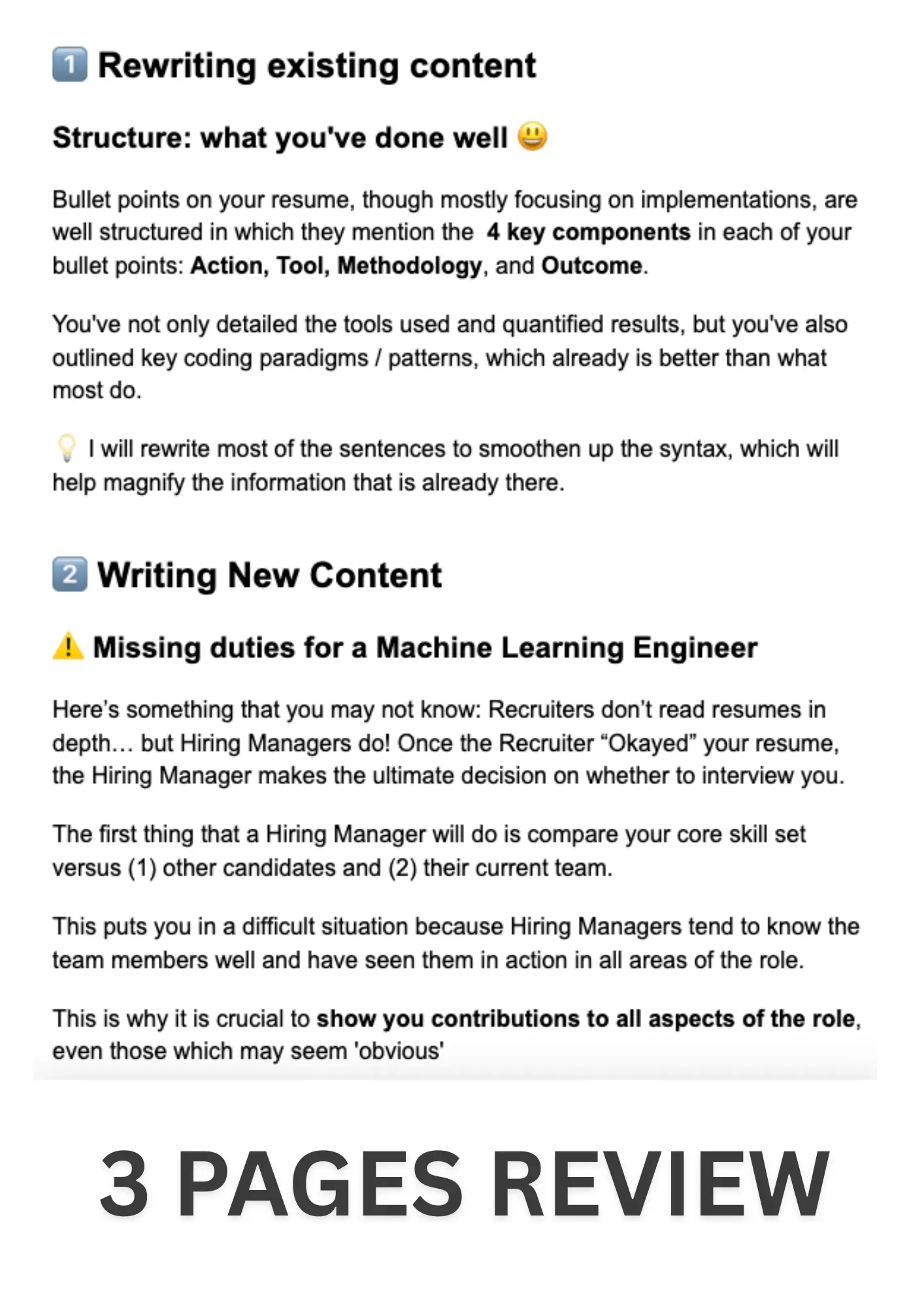Don't worry too much about resume length: this is not an important point.
Resume length doesn’t matter nearly as much as people think. There’s no hard rule about sticking to one page, and recruiters don’t reject resumes because they’re two or three pages long.
Recruiters scan resumes very quickly, and they’re very good at spotting key information no matter the length, so your job is to make the important details easy to find and not buried in filler.
What they care about is whether the content is worth reading. A short resume full of fluff is just as bad as a long one filled with buzzwords.
Focus on content, and take up as much space as needed 👍

